#viking!thor
Explore tagged Tumblr posts
Text
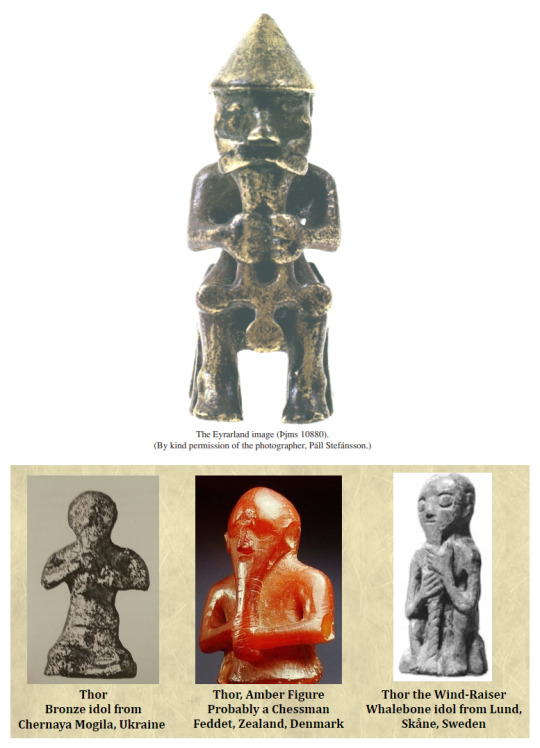
Four images of Thor 'The Wind Raiser' 8th-11th C. CE.
"Perkins provides numerous written examples of Norse sailors attempting to conjure up wind magic, often through the invocation of the God Thor, who is charged with special responsibility for the weather. Perkins relies on a detailed explication of a passage from the little known Icelandic þáttr (tale) to argue that, as with his better-known hammer-wielding influence over thunder, the God's control of the wind is instrumental. Perkins interprets the terms skeggrödd and skeggraust (each meaning 'beard-voice') as the act of Thor blowing out the wind. The central argument of this work is that the Eyrarland image is a plastic representation of Thor carrying out this process, using his beard in the manner of a wind instrument. Perkins is an accomplished philologist and his reading of the passage is convincing. However it is a limitation that the text is provided only in Old Norse, though passages in Latin and Russian are translated. Old Norse texts will continue to be marginalized in medieval studies if they are not made accessible to those outside the rather narrow discipline of Norse studies. An engaging and technical discussion of Scandinavian artefacts and texts will always find an audience there but other scholars are prevented from fully appreciating this argument if they cannot understand the critical texts. The argument that Thor was visualized as blowing out the wind, and that he was invoked to influence the wind leads to the conclusion that the Eyrarland image and other similar artefacts can be identified as amulets carried by those, presumably sailors, who most wanted to control the wind. Perkins briefly mentions a strikingly similar image to the Eyrarland image, the bronze Rällinge image. As this small figure is in rather an excited condition, he is usually identified with the fertility God Freyr, an identification with which Perkins concurs. However the Rällinge image too is stroking his beard, in the gesture which Perkins repeatedly characterizes as Thor's wind-raising ritual. Frustratingly, this parallel is not explored. The remaining sections of the book follow this conclusion into archaeological territory. Perkins focuses specifically on four small figures, including the Eyrarland image. The figurines were found as far apart as Iceland and the Ukraine, and made from media ranging from carved amber to cast bronze but Perkins identifies in them distinctive characteristics which, he argues, type them all as representative of Thor in his wind-raising capacity. These symbolic qualities range from the general observation that they tend to have the glaring eyes and muscular physique appropriate for textual accounts of the 'bruiser' God (p. 70), to the very specific feature that each of them appears to be holding his beard like a wind instrument and blowing into it."
-Thor the Wind-Raiser and the Eyrarland Image (review) by Katrina Burge, University of Melbourne 2005. The 3 bottom images are from the GermanicMythology website.
#vikings#thor#history#antiquities#artifacts#middle ages#medieval art#medieval history#scandinavian#kievan rus#paganism
162 notes
·
View notes
Text
people who did not watch vikings s1 through 3 do Not understand the enormity of ragnar and athelstan, the viking earl who kidnapped the christian monk and the two of them spent the rest of their lives falling harder and harder in love with each other to the point that when the christian monk died the viking earl (now king) had the bishop of paris baptize him so they could be reunited in heaven and later tried to kill himself but didnt manage to and spent the followong 10 years away from everything and everyone and only came back to die at the hands of the other king who was psychosexually obsessed with the monk
#and this is BARELY scratching the surface....#do you guys rememver the prayer.... do you guys remember in the soft rain i feel god but in the thunder i still hear thor......#do you guys remember the you will be my jesus and i will be you john the baptist DO YOU GUYS FUCKING REMEMBER THE CONFESSION#vikings#otp: wherever you go i will follow
1K notes
·
View notes
Text
you know what. the fact that odin has to go into the odinsleep (effectively a coma in which he - and all of asgard - is incredibly vulnerable) at regular internals all throughout thor and loki's childhood is a really underappreciated bit of backstory!
like... thor and loki have effectively grown up with a chronically (well. episodically, but consistently) ill parent. that's going to have a profound effect on them. it's not something i've experienced myself, so i'm just guessing, really, but some thoughts on what those effects might be...?
a sense of extreme instability in their attachment to odin, especially when they're very young. no wonder they both have abandonment issues!
before they're old enough to understand, they're going to experience it as: father is here but he is refusing to engage with us, and no-one is sure when he will again. have i done something wrong? am i just not important enough? this might be exacerbated by people trying to tell them that it's "meant to happen", "for a higher purpose", "under control", etc.
once they ARE old enough to understand, they will naturally see it as very dangerous and frightening. their father is the universe's miraculous, invulnerable protector... until he isn't. what if it comes on unexpectedly, somewhere dangerous, somewhere no-one can find him? what if a war breaks out? what if he never wakes up?
the odinsleep is linked to odin's powers and odin's responsibilities to the kingdom. he exerts himself until he falls into a coma. For Them. it's a kind of martyrdom, and it must induce a lot of survivor's guilt in his family.
there's a lot of cognitive dissonance around vulnerability, especially odin's vulnerability. the royal family must always present a strong and united front to the world, and questioning or undermining odin, even in private, can have severe repercussions. and yet odin regularly enters health crises that they can't not respond to. yet more unprocessed and uncommunicated emotions in the house of odin.
the odinsleep seems to be the brink of death, so in a way, odin dies over and over - and his family brace themselves for grief over and over. it must make it harder to admit any flaw in him, much less the vast extent of his abuse, when they're constantly reminded of what the loss would be like.
but at the same time... there might be some peace in his absence. relief at the withdrawal of a tyrant. which will only cause further guilt and anxiety in them all, and maybe lead to them policing each other harder to compensate...
every time odin goes into the odinsleep, someone else has to rule. at first, this will be frigga - which means, when they were young, thor and loki would lose most of their contact with both parents at regular intervals. which might contribute to their closeness with each other, as the only stable connection. and later on, it would probably mean thor had to be regent (to the realm at its most vulnerable!) - so he would lose a parent figure and very suddenly have to grow up (and possibly leave loki behind)...
it's not 100% clear... but it seems likely that the odinsleep is something the next king will eventually inherit. thor's future promises untold power and untold sacrifice, and always has. a king is powerful, and a king is exposed. this complicates thor and loki's power struggle in a really interesting way! it's not just: let me be in charge. it's also: let me take the danger, i know how to handle it better than you...
hmmm. there is probably much more to be said here but these are. some initial thoughts
#hmmmmm#space viking tag#meta#s: t1#ch: odin#ch: loki#ch: thor#ch: frigga#r: house of odin#th: childhood + immortality#th: disability
99 notes
·
View notes
Note
What’s some behaviours that seeker Lennox do that unnerve the humans or other bots that don’t fly?
The new Seekers/ex-humans sleep a lot compared to the Autobots to the point that mechs were concerned over the newbuilds. It's just the remnants of the human circadian rhythm, Cybertronians function on a far longer time clock, so they'll eventually adjust to it.
The humans think that the lovebirds are too into each other since Will and Sarah are basically wrapped up with each other in spare time. Freaks out some humans when they meld their frames partially together. Meanwhile, the Cybertronians are going, "Yep. That makes sense. Those are newly wedded and bedded newbuild Seekers." It's really intense, somewhat uncomfortable on how aggressive affectionate they are, but still understandable. Some mechs are making secret bets on when and where a poor squishy will see the natural sight of two Seekers going down and dirty.
It took a while for the human personnel to understand why the Seeker pair shower together or have someone else with them. It's a natural extension of their new frame sociality matrix since grooming a wingspan needs an extra pair of hands and it's a pleasant bonding activity. Ironhide is their usual go-to, but they had taken Optimus and Ratchet into their shower sessions.
Some of the Autobots think that Sarah is highly territorial and standoffish since she constantly wraps Will up with her own field and likes a certain degree of space. The Arcee sisters are careful not to stand too close to Will for that reason as they don't want to be seen as issuing a potential Challenge. Will doesn't understand it, but his frame does and likes it since it's a low-key awareness of where his wife and child are. Ironhide is trying to wrangle it back into more neutral feel, but Sarah isn't having it.
Sarah enjoys rising with the sun as she did her early morning yoga routine. It freaked out the Cybertronians how flexible her frame was, especially with her armor density.
None of the Cybertronians are ready to see how blase the Lennoxes are with doing things unarmored, especially when the Autobots caught up with the pair when Sarah managed to locate another vein and she was taking a dip in a geyser. Just her bared legs. Or whenever they shower together since humans take off their clothes, but Cybertronians are able to shower with their armature on.
Oh, and here's a little snippet:
“So besides the wings and chicken legs, what else you got?” Epps asked.
“I can literally smell everything half a mile away,” Lennox took in another deep vent, his mouth parted open similar to an insect’s mandibles, playing it up as his frame shifted to accommodate the air and his tongue flicked out. Epps looked up in wide-eyed, horrified fascination, at the long, segmented appendage coiling in the air.
“Man, you’re just fucking with me at this point.”
“Well, it was chili night.”
“Foyer’s?”
“Yep.” Both mech and human stared at the distant mess hall.
“I can already smell the barracks tonight. Thor will be blowing thunder all night long."
#ask#transformers#transformers bayverse#bayverse#lennox seeker fam au#james epps#william lennox#sarah lennox#ironhide#humans into cybertronians#humanformers#culture clash#cultural misunderstandings#cultural differences#cybertronian culture#cybertronian biology#maccadam#my thoughts#my writing#they have a guy who's callsign is Thor since he looks like a Viking and has earthshattering farts
62 notes
·
View notes
Text

I love the implications of this throwaway line in Loki Season 2.
#loki season 2#marvel loki#baldr#death of baldur#mobius#loki series#marvel mcu#mcu thor#mcu odin#myth loki#loki#norse mythology#scandinavian mythology#viking mythology#old norse#paganism#asatru#vikings#viking#poetic edda
146 notes
·
View notes
Text
This is Sigrid, the weeping, blood-bride, little giant.
I just finished watching Twilight of the Gods 🫢 What an incredible show! 🤩😍 If you love Norse mythology, vikings and giants then this one's for you!

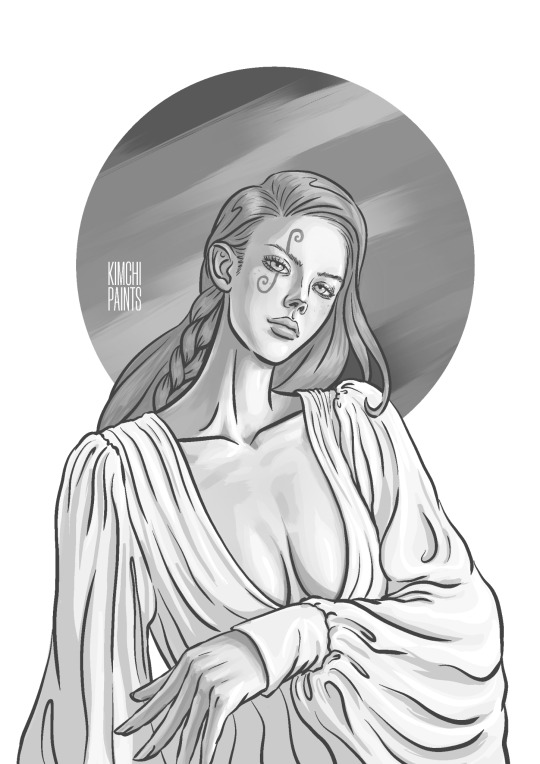

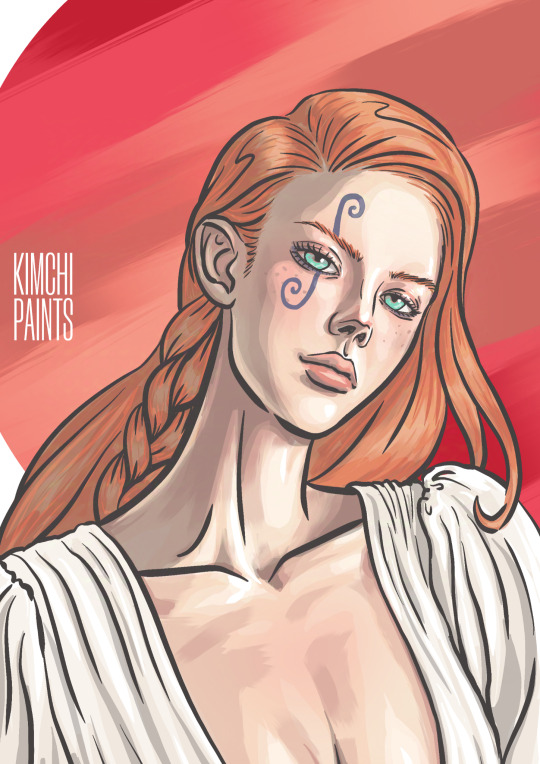

#sigrid#twilight of the gods#netflix#netflix recommendations#netflix series#animated series#norse mythology#norse gods#littlegiant#blood bride#bridetobe#jotunn#asgard#thor odinson#thor#loki#odin#vikings#Valhalla#leif eriksson#character art#digital painting#illust#procreate#artists on tumblr
59 notes
·
View notes
Text
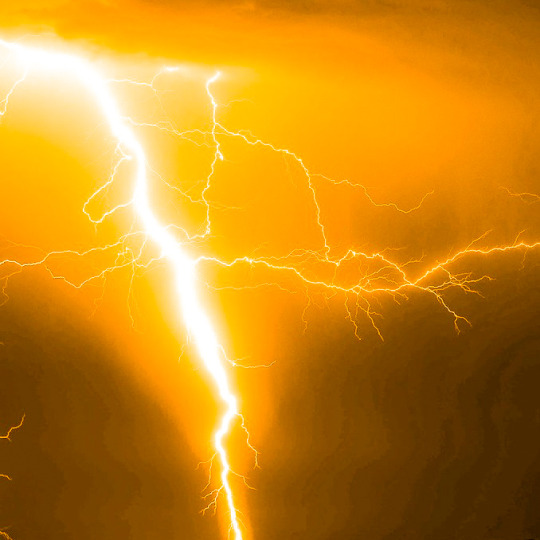
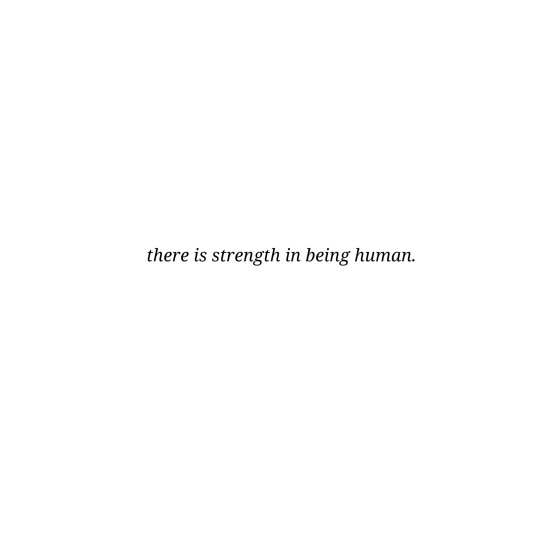
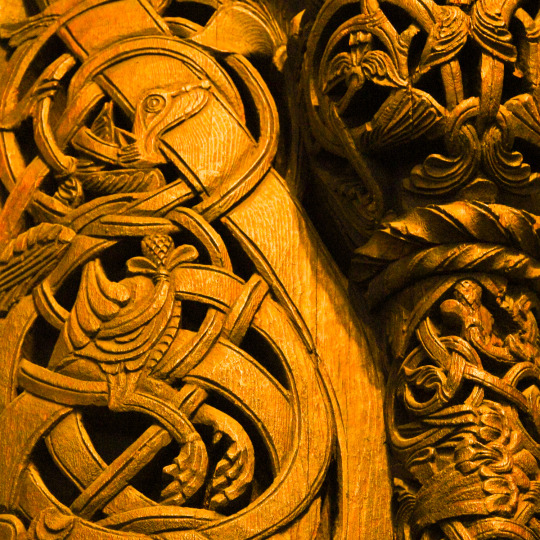
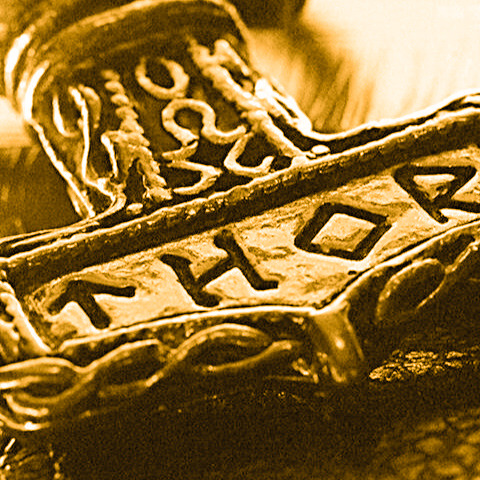
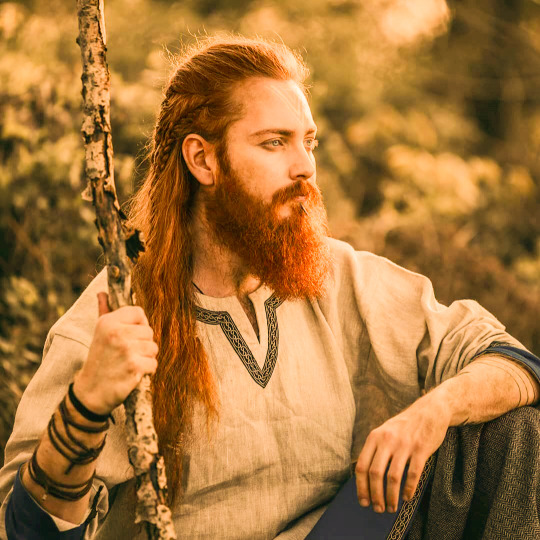
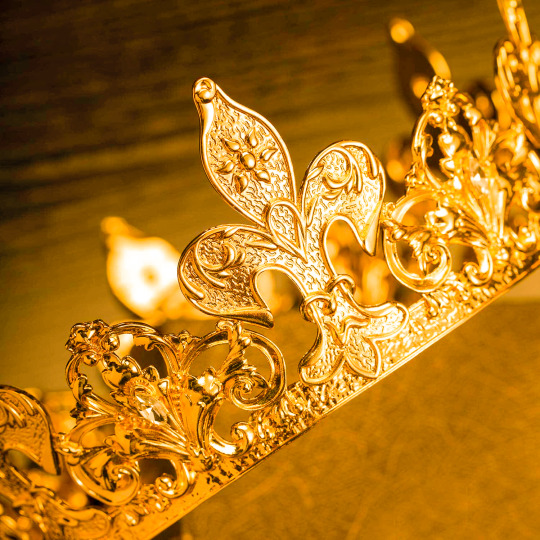



𝐍𝐨𝐫𝐬𝐞 𝐆𝐨𝐝 𝐌𝐨𝐨𝐝𝐛𝐨𝐚𝐫𝐝 ✶ 𝑻𝒉𝒐𝒓
➜ for Thor⚡️if shared elsewhere please credit.
#norse gods#norse pantheon#witchblr#lokean#norse heathen#thor odinson#thor#witchyvibes#witchy moodboard#norse witch#nordic witch#nordic#norse paganism#norse mythology#norse runes#lightning#vikings#viking aesthetic#mjolnir#aesthetic moodboard#witch aesthetic#lightning aesthetic#witchcore#witch#runes#quotes#thor quotes#king thor#asgard
276 notes
·
View notes
Text
Why didn't no one tell me that Vinland Saga is a masterpiece 🧍🏾♀️like....
#starspeaksੈ✩‧₊˚#black reader#vinland saga#the story is beautiful#i really do love all the characters#i think this is the first anime where i say there's not 1 character i dislike🥹#i need S3 to come right nowwww😫#i love Thorfinn sm🥲 i wanna give him a hug#thorfinn#askeladd#thors#thorkell#snake#bjorn#viking#norse mythology#anime x reader#everyone go watch it 🙏🏽
150 notes
·
View notes
Text

Ok but in book 3 when mallory gets her hair chopped off it kinda reminds me of the Tangled movie😭😭😭
#mallory keen#magnus chase#magnus chase and the gods of asgard#hotel valhalla#vikings valhalla#floor 19#sword of summer#hammer of thor#ship of the dead#alex fierro#thomas jefferson jr#halfborn gunderson#percy jackson and the olympians#heroes of olympus#pjo hoo toa#fanart#rock riordan#ireland
26 notes
·
View notes
Text
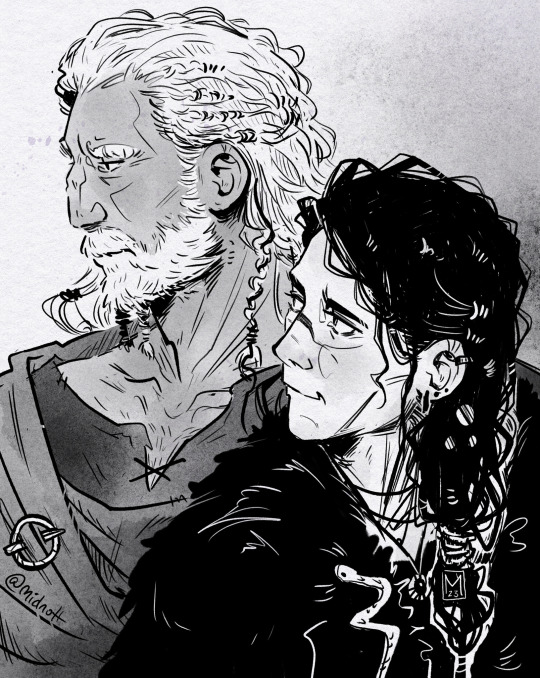
⚡️🐍 • The Misfits
389 notes
·
View notes
Text

198 notes
·
View notes
Text

You are the owner of The Honey Trap: a New York meadery, and who should walk through your door but the sons of Odin, having landed on Midgard after Ragnarok, seeking the richest nectar of the gods that you can offer to them. Companion pieces. Post Ragnarok, pre Infinity War AU.
Donate to my Ko-Fi, if you feel so inclined.
#loki#loki x reader#birdofhermes#fanfiction#loki/reader#ao3#fanfic#fanfics#mcu#thor#thor/reader#thor/original female character#thor/you.#loki/you#mead#meadery.#viking lore#norse lore
20 notes
·
View notes
Text
Mighty Thor,
Guardian of Midgard,
Wielder of Mjölnir,
Stand with us as we navigate these dark and uncertain times.
We stand amidst storms of injustice,
Where freedoms falter and hearts grow heavy.
We ask for your strength,
To shield the oppressed,
To strike down the chains of tyranny,
And to awaken courage in the hearts of all.
Guide us with your steadfastness,
Teach us to be defenders of the weak,
And protectors of the truth.
As you battle the forces of chaos,
Stand with us in our fight for what is right.
May your thunder echo through the hearts of those who bring harm,
And may your protection be a sanctuary for the vulnerable.
Thor, protector of humanity,
Watch over us as we strive to honor justice and compassion,
And grant us the resilience to stand firm in the face of adversity.
Hail Thor,
Champion of the righteous,
Guardian of Midgard.

#norse heathen#norse paganism#norse mythology#paganism#norse#norse deities#norse polytheism#viking#norse myth#thor deity
19 notes
·
View notes


